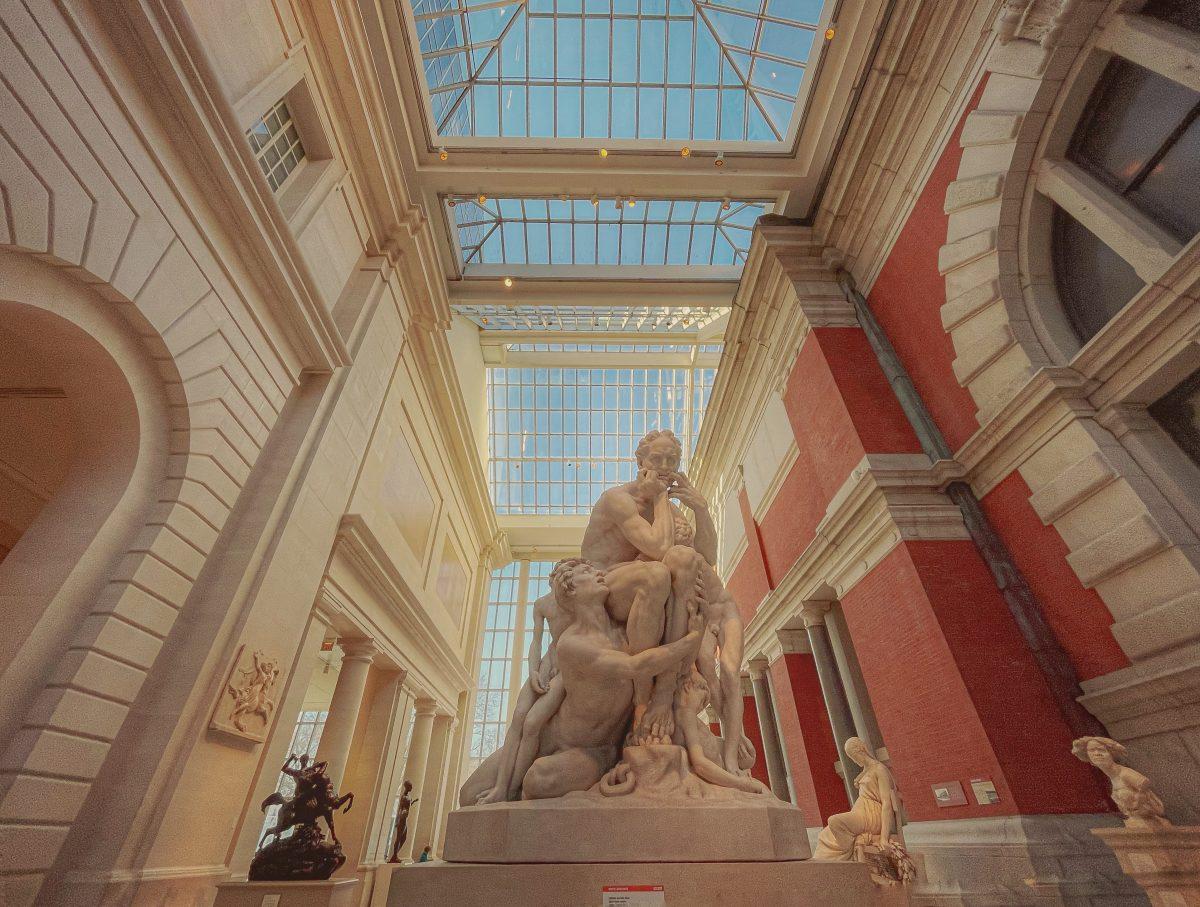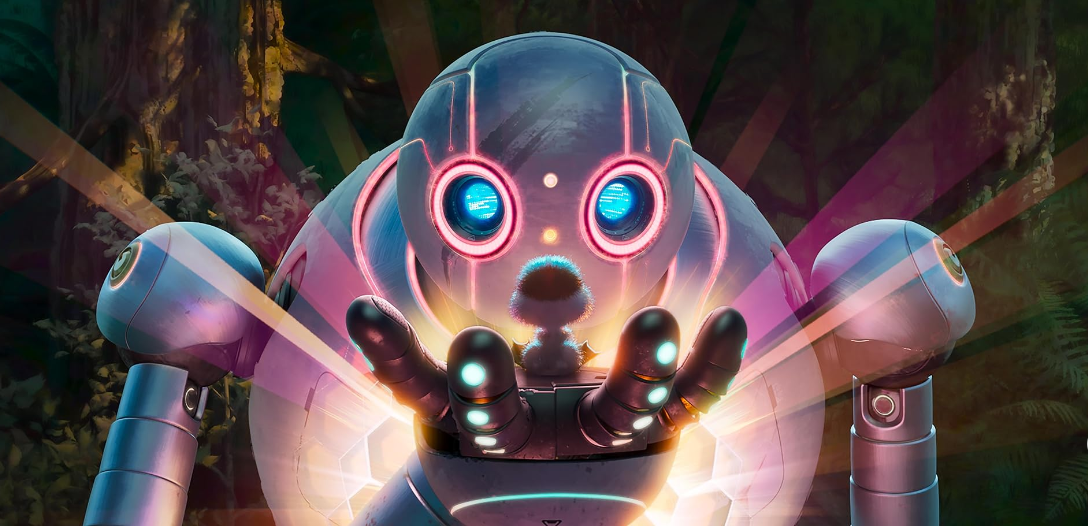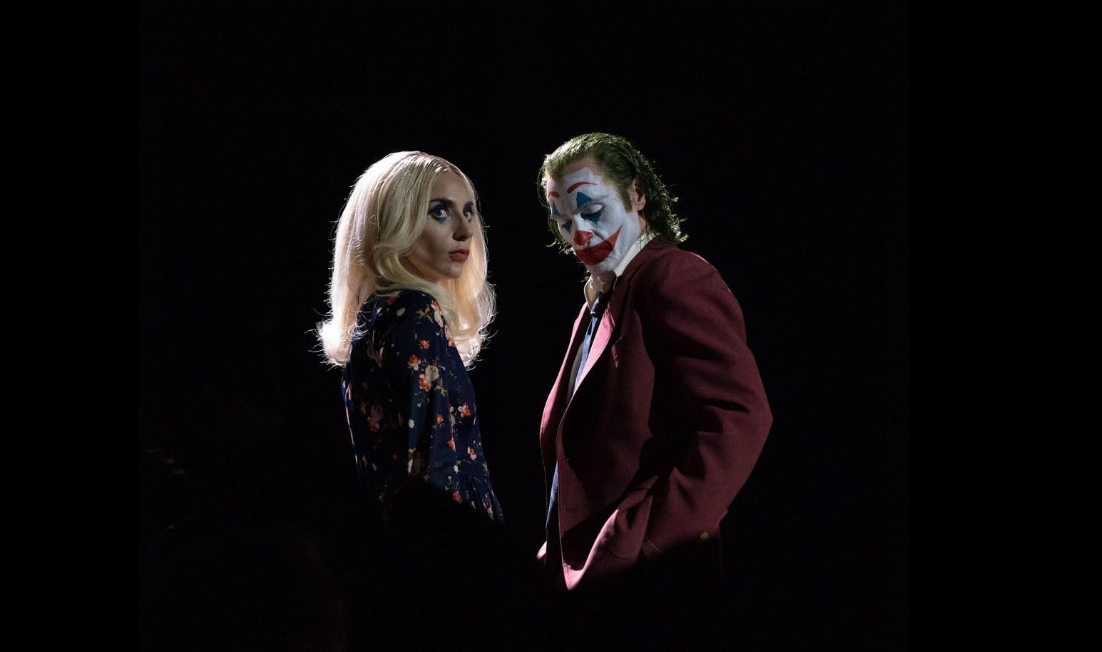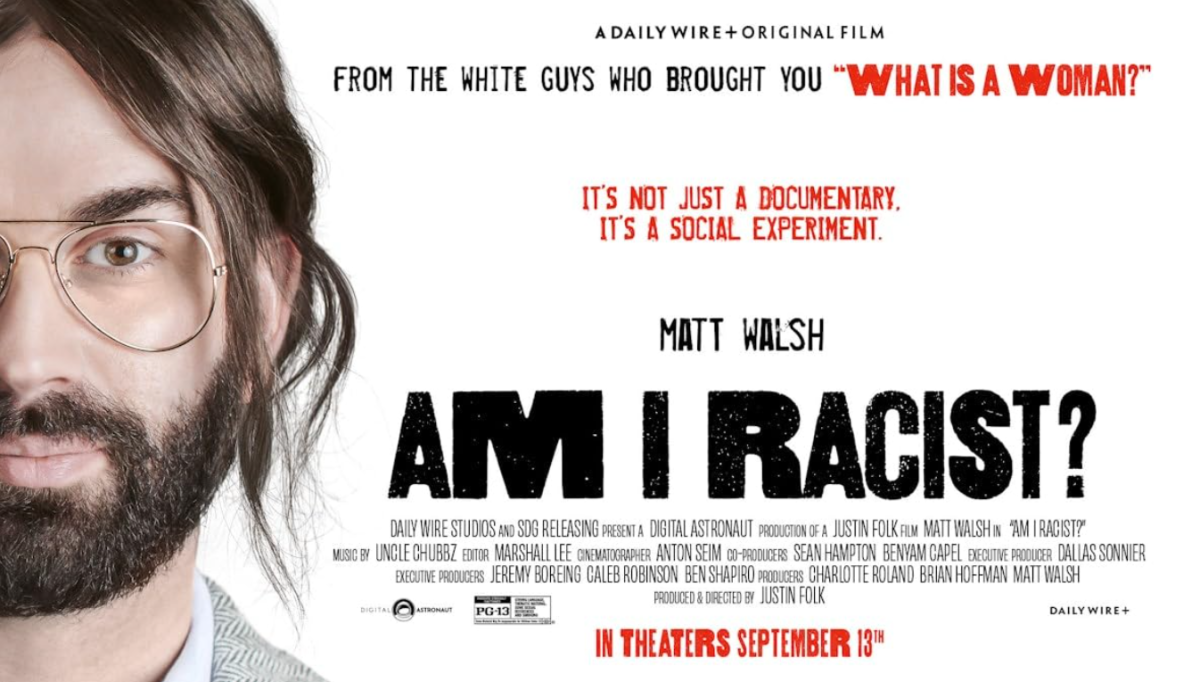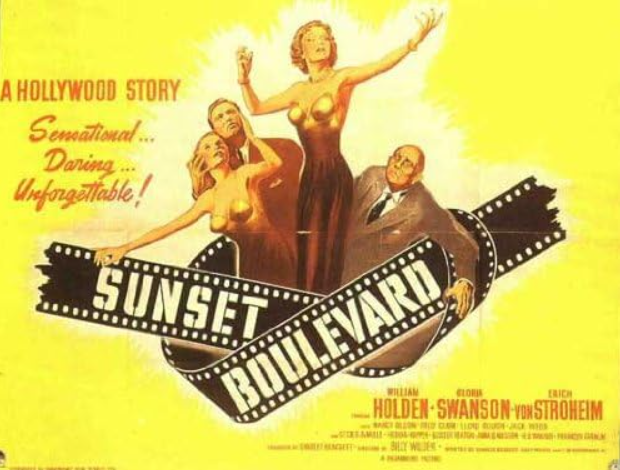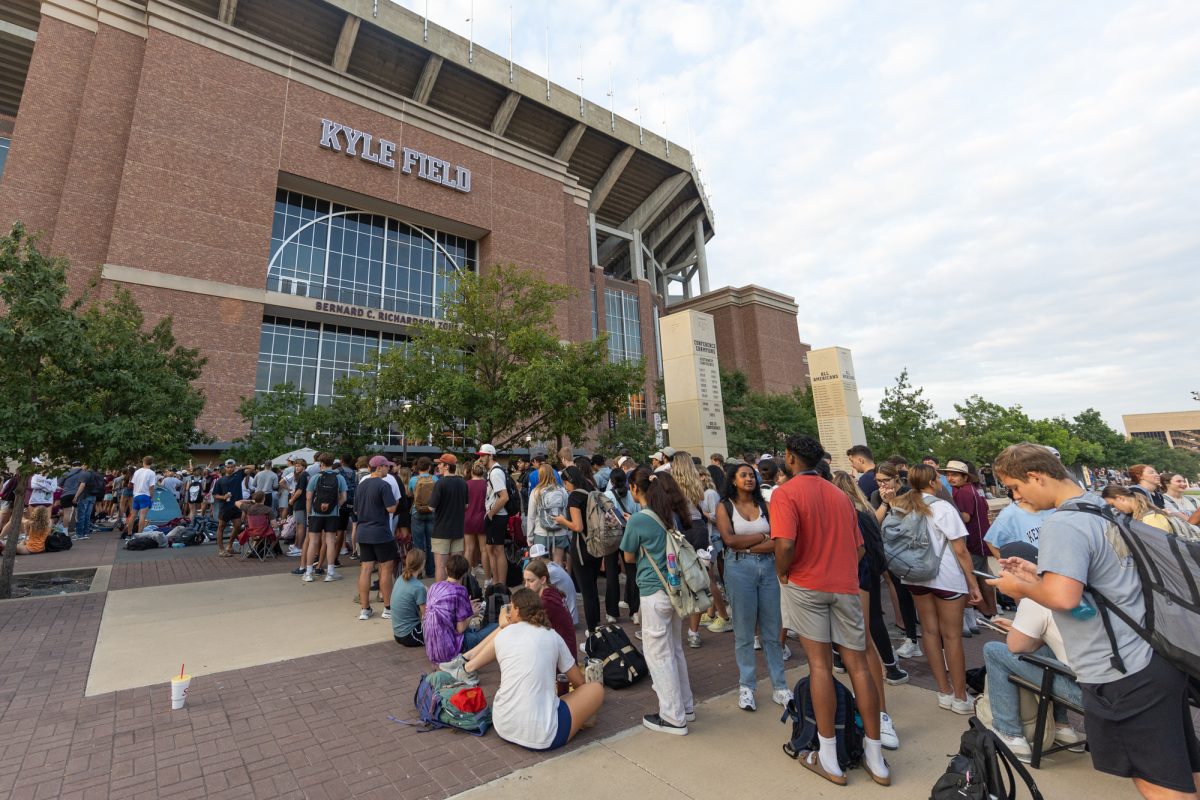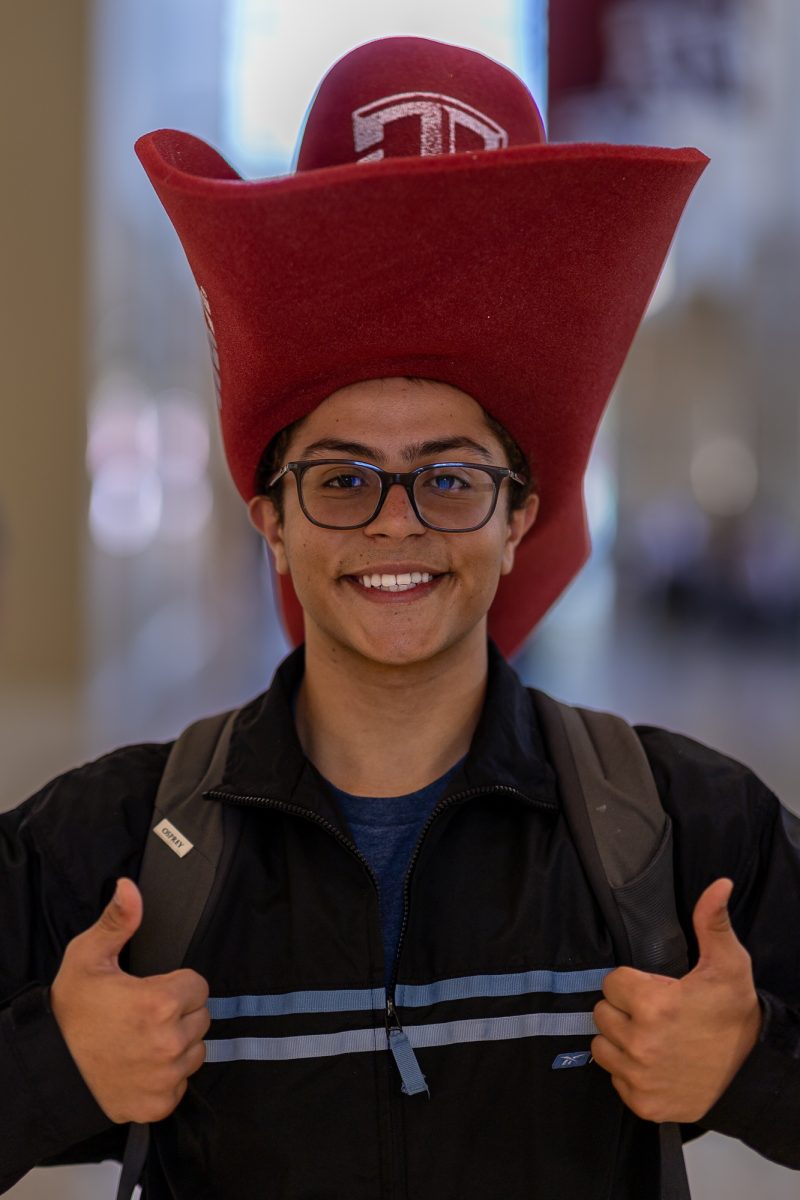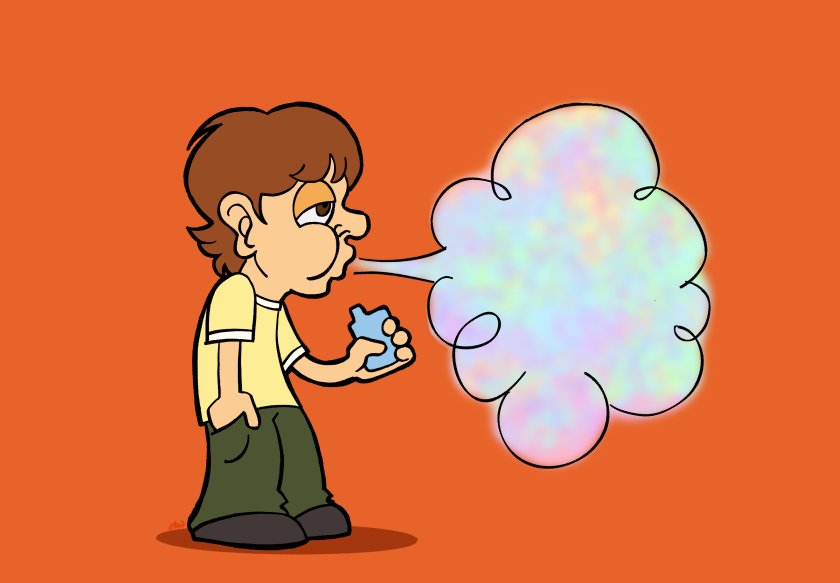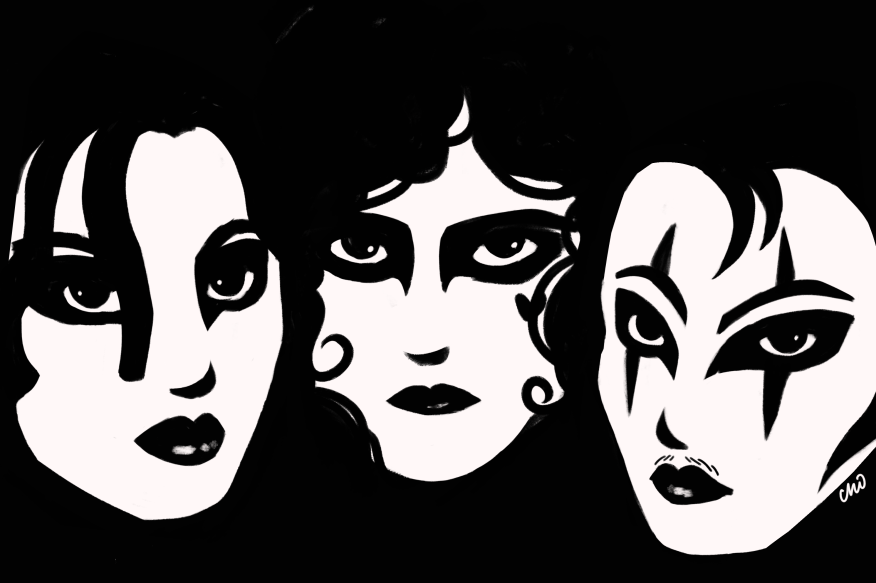The question, “There’s an art gallery in the Memorial Student Center?” has been muttered many times, and with great confusion. As soon as you enter the MSC from the Integrity entrance, the J. Wayne Stark Galleries is found both to the right and upstairs, with big glass doors and free admission. Yet, it is a secret held within plain sight. Have people chosen to pay no mind to the art right next door, or has art become so obsolete in this day and age that it is no longer an attraction, but a placeholder?
An argument is then proposed: What do art galleries have that people find no interest in, and its inverse, what do they not have? Could the blame be placed upon the public who overlook the culture, or perhaps the galleries and museums who don’t satisfy the needs of the public? The only thing certain is the lack of attendance is not only prominent, but imminent.
A 2018 study by The Baltimore Sun shows the decline began pre-pandemic, mainly in the Baltimore area, but nationwide as well. The study found a 18.6% decrease in attendance during a 15-year span despite national population increase and more museums offering free admission.
Perhaps it is time museums change. Though, museums won’t change if people don’t fund them. People won’t fund them if they don’t visit. People won’t visit because museums won’t change. This cycle could be prevented if our society was less critical of what type of art we should consume, if we no longer believed that some forms of art are inherently better than the rest. When this is the case, we begin to avoid galleries and museums that don’t showcase what we are expecting, halting potential not only in museums, but in ourselves as well.
This isn’t to say the entire burden is set upon the public — museums should be willing to change as well. Some museum directors and board members are more concerned with fancy charity brunches and fundraiser galas rather than the connection between local art and the community. These galleries and museums should not only provide cultural richness, but inspiration for up-and-coming artists, young and old, through the means of support and publicity.
Museums could host competitions for freelance artists and even students from elementary to high school, the prize being money or supplies. College art students could present their portfolios to have the boost needed for their early careers, with the inclusion of photographers as well. All of this will support the creators, bring in more original works of art and make audiences feel more connected.
Even through a fraction of given representation — and its concurrent decline in attendance — galleries and museums across the nation provide the history, sentiment and identity of their communities. With all this in mind, visit a local or city museum and show appreciation for the historical art they preserve and contemporary art they put on a platform. Art is but a relief sculpted from the aging boulder of mankind, unable to be made, seen and enjoyed without taking a break.
Ruben Hernandez is a journalism junior and art critic for The Battalion.



